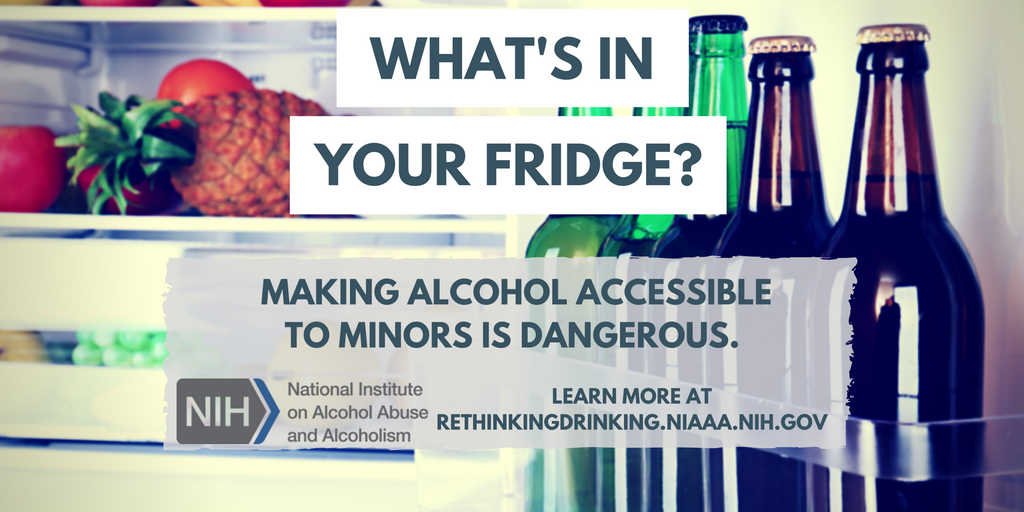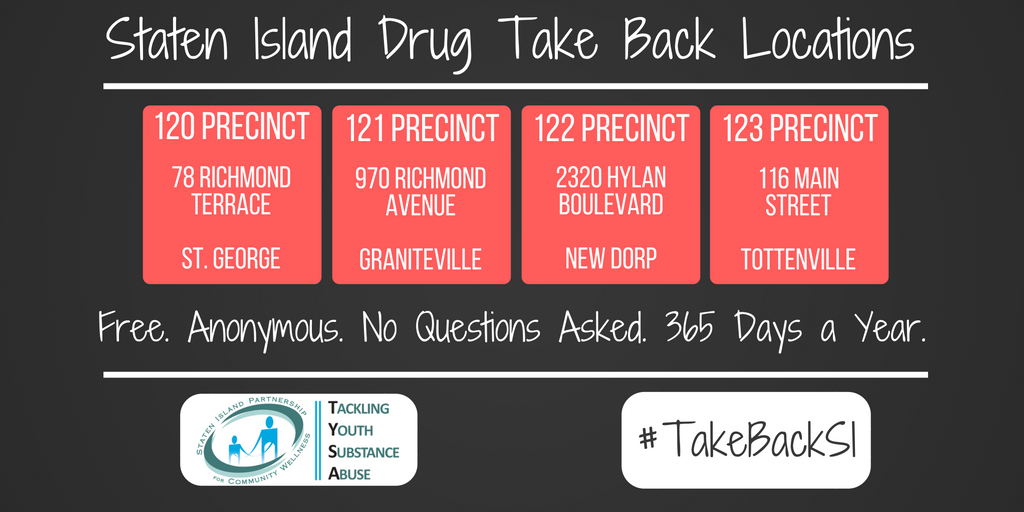Drug Info & Data
Alcohol
Though alcohol is legal and regulated, it is a substance or drug that can have negative consequences. When mixed with prescription medications, especially muscle relaxers or “benzos”, alcohol can cause an overdose. Young people can easily get alcohol in their homes or from their friends.
14.2% percent of Staten Island youth have their first alcoholic drink before age 13. When youth drink underage, they often binge drink, or have 4-5 or more drinks in one sitting. 11.2% of Staten Island high school aged youth binge drink at least once during the month.
Opioids
Opioids are a type of substance, or drug, that can be used to dull symptoms of pain or to feel euphoric, or high. Prescription pain medications, like those prescribed after a surgery or dental procedure, are often opioids.
7.9% of 18-25 year olds on Staten Island have misused prescription pain medication at least once in the past month. Heroin is an opioid as well. 6% of Staten Island of high school age have used heroin in their life. 5.9% of 18-25 year olds have used heroin at least once during the month.
Both prescription opioids and heroin, are highly addictive and can cause an overdose. Staten Island experiences high rates of opioid, heroin and prescription drug, related overdose.
If you are given a prescription for opioids, it is important to take them only as prescribed. You can also ask your doctor about alternative ways to treat pain.
Prescription Pain Medication
Vicodin, Oxycontin and Percocet are common opioid analgesics, or prescription pain medications, used to treat acute and chronic pain.
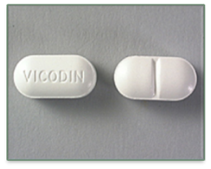
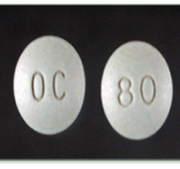
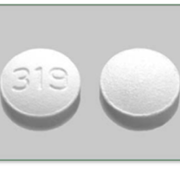
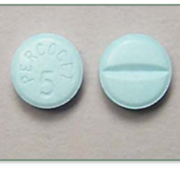
Heroin
Heroin is an opioid depressant made from morphine which can be found in the opium poppy plant. It can be in white or brown powder form as well as a black sticky substance. Heroin can be snorted, smoked, or injected, all of which rapidly deliver the drug to the brain and cause a sense of euphoria. The more heroin is used, the more tolerance the body builds, leading the user to quickly become dependent. Side effects of use include feeling drowsy, mental fogginess, dry mouth, flushed skin, and a heavy sense in the limbs.
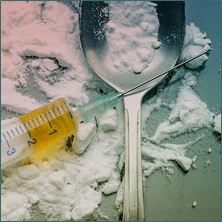
Heroin is highly addictive! People who use heroin are also at risk for contracting blood-borne illnesses, such as HIV and Hep C from shared equipment used for drugs.
Other Prescription Medications
Stimulants and tranquilizers
Other Prescription medications and sedatives are other types of prescription medications that are commonly misused by people of all ages. Like opioids, these medications should always be taken as prescribed and should not be mixed with alcohol. 42% of fatal benzodiazepine (a type of sedative) related overdoses also involved alcohol. (NYC Office of the Chief Medical Examiner and NYC DOHMH Bureau of Vital Statistics, 2000-2014)
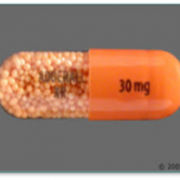
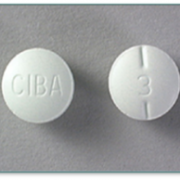
Common brand name stimulants are: Adderall and Ritalin. Street names for stimulants are: speed, uppers, double trouble, bennies, crosses
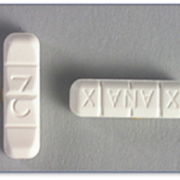
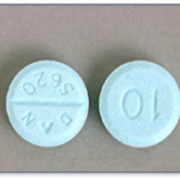
Common brand name tranquilizers/sedatives are: Xanax & Valium. Street names for tranquilizers and sedatives are: benzos, downers, sleeper, rainbows, tranks.
You may recognize many of these as types of medications you may have in your medicine cabinet. Remember to lock away your meds and safely dispose of expired, unused and unwanted medications.
Marijuana
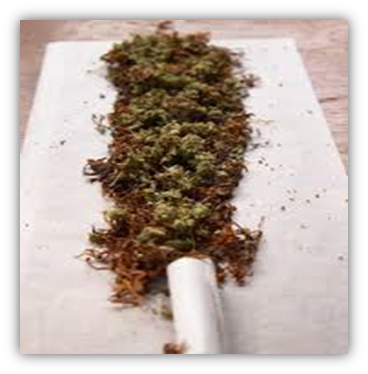
Marijuana is a mixture of green, brown or gray flowers of leaves that are derived from the Cannabis satvia plant. It contains THC, which is a natural psychoactive or mood-altering ingredient that is abused for the purpose of getting high. THC disrupts nerve cells in the part of the brain where memories are formed (hippocampus-part of the brain that controls memory). The more THC, the stronger the effects on the person using. Side effects include an increase in heart rate, weakened short-term memory, decreased concentration, and a drop in IQ. Today’s marijuana is much stronger than that used in the early 1970’s, meaning it is more dangerous.
Street names are: Blunt, boom, grass, hash, herb, Mary Jane, pot, reefer, skunk, weed
K2/Spice
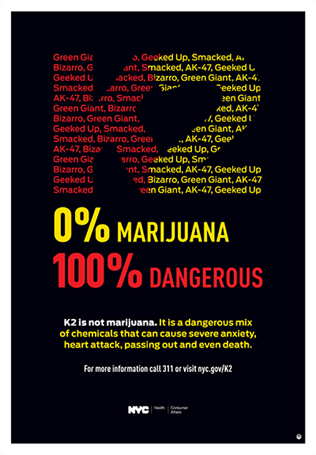
K2 has recently been getting a lot of attention in the news. Though it is sometimes called synthetic marijuana, it is completely different than natural marijuana. K2 is made from dried plant materials and herbs that are sprayed with chemicals. It is easily purchased in bodegas and gas stations and is advertised as incense, herbal mixtures and/or potpourri.
People who use K2 may experience anxiety, agitation, vomiting, high blood pressure, shaking, seizures, hallucinations, paranoia and urges to be violent. Most importantly, the chemicals in K2 change often and so it is impossible to tell what is in the mixture at a given time and how the chemicals can affect the body.
Some street names are: Spice, No More Mr. Nice Guy, Blonde and Summit
Fentanyl
Fentanyl is a synthetic (man-made) opioid analgesic that is much stronger than heroin. It can come in pressed pill and powder form. Heroin supplies, and some counterfeit pill supplies, can be laced with fentanyl. This type of fentanyl is not pharmaceutical grade and so is more dangerous than the type intended for medical use. Fentanyl requires much larger doses of naloxone to stop an overdose. Also, most people who ingest fentanyl do not know making this combination incredibly lethal.
Xylazine
Almost all drug overdoses are polysubstance overdoses. Oftentimes, users are not aware of what substances are in their drug concoction, which can prove to be extremely dangerous and even deadly. In 2021, 19% of NYC’s overdoses involved Xylazine, up from just 3% in 2020. Xylazine is a dangerous substance and extremely potent — it has only been approved by the FDA as a sedative for veterinary use on large mammals like horses and cows. Xylazine can cause drowsiness, unresponsiveness, low blood pressure, slowed heart rate, and decreased breathing. When used in combination with fentanyl, it can mask the effects of fentanyl, and result in a delayed response to revive someone that is experiencing an overdose. Although naloxone will not work in reversing a Xylazine overdose, naloxone should still be used in case a person that has overdosed also has an opioid like fentanyl within their system (which is extremely likely among all cases of Xylazine overdoses). Naloxone is still strongly encouraged to be used in an overdose case considering most overdoses are polysubstance and the most predominant drug class within them is Opioids, which naloxone can reverse.
See this DOHMH FAQs sheet for more details: https://www.nyc.gov/assets/doh/downloads/pdf/basas/xylazine-faq.pdf


